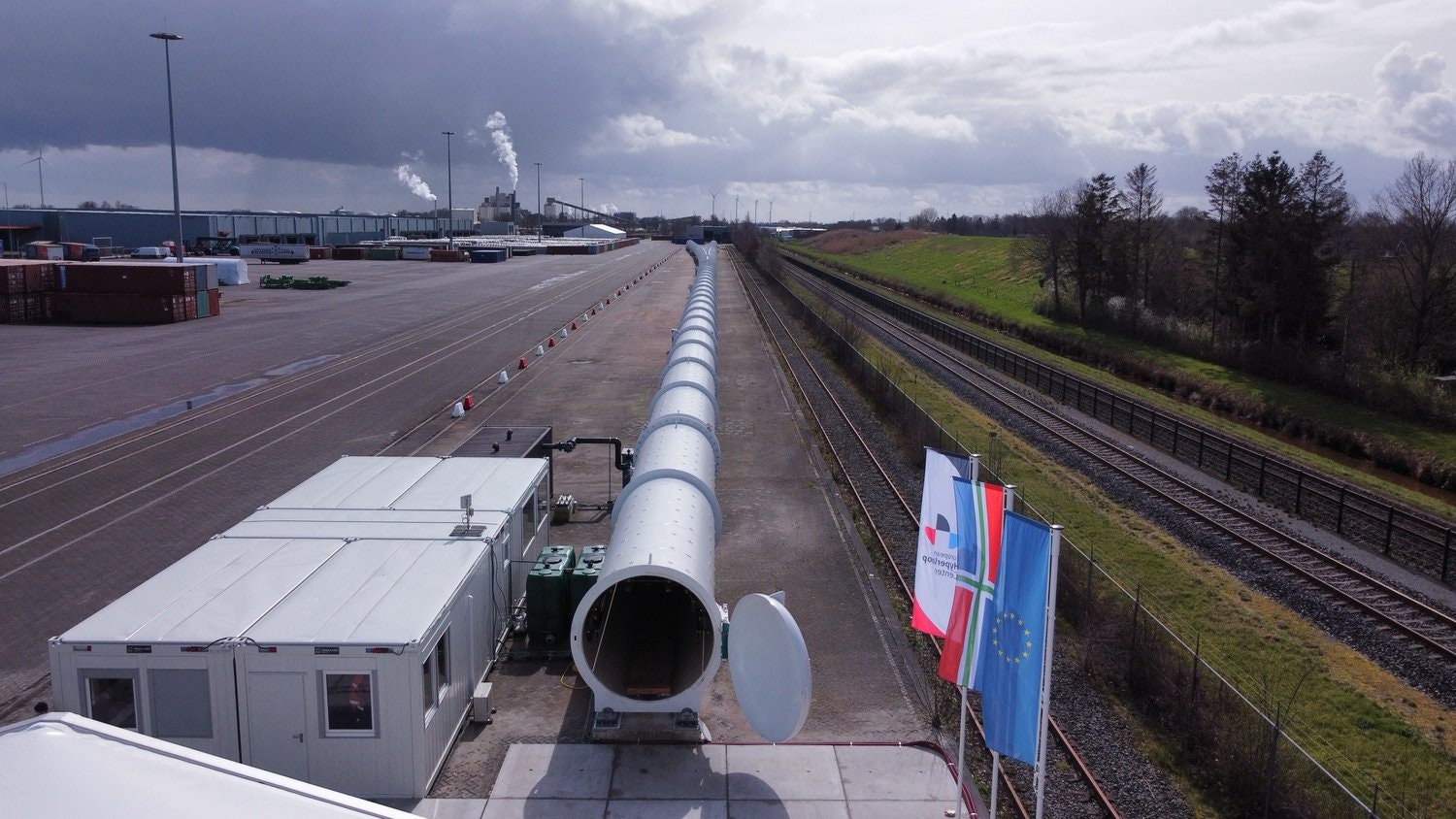In early July, LA-based e-scooter sharing startup Bird revealed it will be setting up a European hub in Paris, in addition to its planned expansion into 50 other European cities this year. Meanwhile, well over €300m has been invested into new European e-scooter startups, including Voi, Wind and Circ. With an estimated 20,000 scooters already on the streets of Paris alone, the face of urban mobility in Europe is undergoing a dramatic transformation.
The arrival of electric scooters is, in many ways, good news. The European Environment Agency’s 2018 ‘Air quality in Europe’ report found that most European city-dwellers still suffer from pollution levels above the World Health Organisation’s recommendations for the protection of health. Countries will need to take drastic measures if they want to lower carbon emissions. This will likely require a two-fold strategy of, firstly, shifting towards the use of electric transport and, secondly, moving citizens out of private cars and into forms of shared or pooled mobility.
However, the sudden influx of e-scooters has also drawn attention to a fresh challenge facing European cities. In fact, scooters have faced backlash from local authorities and citizens alike. There are widespread fears that we will see a poorly-regulated wave of scooters plastering the streets, echoing what we saw with shared bike offerings a few years ago. There are also ongoing concerns around the safety implications presented by e-scooters - after reports of vehicle malfunctions, companies are facing more regulatory pushback, presenting a barrier to widespread adoption. Countries like France and Germany have either created, or are in the process of creating, a new vehicle class for PLEVs (“personal light electric vehicles”), leaving the task of regulating these new private players largely up to local authorities.
Faced with mounting pressure to meet EU climate targets and an influx of venture capital being channelled into mobility startups, local authorities are realising the need to collaborate with private players if they want to accelerate the move towards carbon-neutral urban transport. Of course, we’ll still see a continuation of work on complex, long-running public infrastructure projects like subway lines and bus networks, but these are only part of the solution.
As public transportation systems in much of Europe have traditionally operated as quasi state-owned monopolies, the role that local government plays in regulating mobility is about to be entirely redefined. In most cities, exactly what this future role will look like is unclear. Three models present themselves as plausible routes—with hybrid models also possible.
Option 1: Cities as monopolies
This model stays the most faithful to the European tradition of state-owned public transportation. Local authorities can hold onto their quasi-monopoly by operating any additional mobility services themselves and integrating them into their existing transport offering. While technical expertise may come from private partners, all user-facing services are branded under and operated by the same transport authority as always.
An example of this is the Berlin public transport authority BVG’s operation of the ridesharing service BerlKönig, which uses technology developed by a joint venture of the automotive manufacturer Daimler and US-based company Via. We’ve also seen new entrants such as Hamburg-based software provider WunderMobility, Vilnius-founded platform Trafi, and San Francisco transport platform Remix, offering their technology to municipalities, ultimately enabling the cities to keep control.
Option 2: Cities as aggregators
Alternatively, local authorities can choose to embrace multiple competing players within the city’s overall mobility mix, while allowing users to access each of these using a single ticket or subscription plan purchased from public transport associations. This would be similar to existing offerings from Mobility-as-a-Service (MaaS) startups such as Whim and Citymapper’s Citymapper Pass. Hamburg’s local government is currently working on a similar initiative of its own to be launched later this year, and we’ve recently seen Berlin’s public transport made over by the launch of Jelbi, an app that lets you buy train tickets, unlock a bikeshare bike or hail a car all in one place.
Option 3: Cities as platforms
The third scenario involves treating cities themselves as a neutral platform that all mobility companies must use. All companies would be required to share anonymised usage data with the platform that authorities can use to inform decisions about where to invest in infrastructure such as roads, scooter and bike lanes, car parks, pick-up points for ridesharing services and taxis, as well as bus routes.
This platform would not only serve the function of collecting data, but of automating the enforcement of transport policies and controlling traffic flow, such as when restricting access to certain parts of a city during a marathon, for example. As e-scooters arrive in major cities, managing constantly moving fleets of vehicles will become even more complex, and will require a new technical infrastructure as paper-based methods become less and less feasible. We can see early attempts at this approach being developed in Los Angeles with its Mobility Data Specification, and by the 14 cities that signed the Dockless Mobility Open Letter, which shares best practices and guidelines for data policy around new mobility services.
What needs to happen now?
It’s still early days when it comes to shared mobility, but it’s a market that’s evolving very rapidly and as a result, it’s important to allow enough space for experimentation so we don’t stifle innovation. The goal should be to learn as quickly as possible what models work in which cities and neighbourhoods. Having the available resources, technical capability and willingness to experiment within the relevant cities will be crucial in order to establish these frameworks.
Now we need to open up the discussion between local European government bodies, public transport and mobility companies around the options outlined above and best practices, while working towards a standardisation of industry formats (e.g., regarding data sharing between operators and cities). So far we’ve seen cities including Munich and Stockholm draw up individual codes of conduct for the locally operating shared scooter companies in their cities—it’s time to discuss extending these regulatory processes across Europe.
Enabling experimentation within cities while also pushing for industry-wide standardisation is a careful balance to strike, but a necessary one if we’re to make the most of mobility technology in our cities.
Jakob Fricke is the director of Platform Business Development at Samsung NEXT, the innovation arm of Samsung Electronics. He facilitates collaboration between Samsung and startups.


